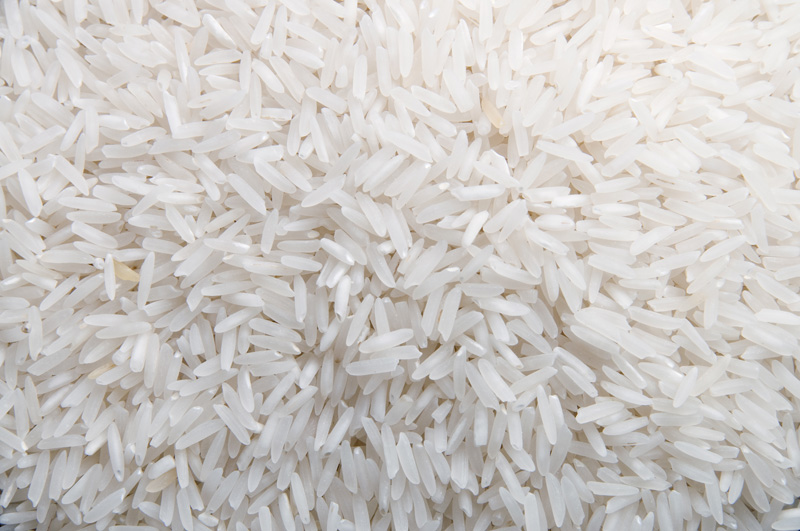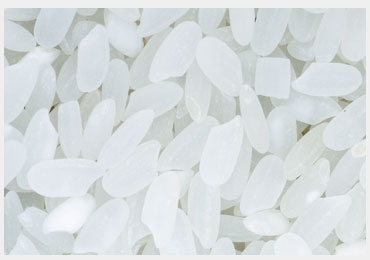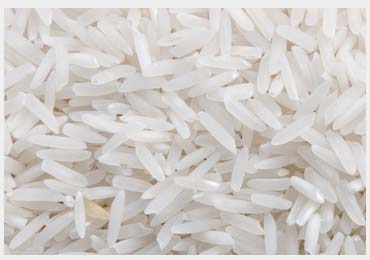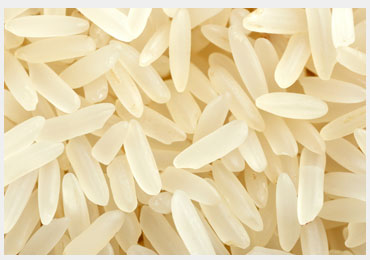BRISBANE: +61 7 350 36778 MELBOURNE : +61 3 994 84091 SYDNEY: +61 2 802 28423

ABOUT RICE
Rice is unique among cereal grains in that the entire polished grain is eaten while other cereals are usually processed before they reach the consumer. Grain quality in rice is, therefore, a very sensitive issue. Interests and priorities of different sectors of rice industry are different. Farmers are interested in early maturity and high yield that would give them high returns in the form of good produce and provide enough time for sowing
subsequent crops including wheat. Miller’s interest is high head rice recovery. Traders prefer attractive physical appearance (shape and size), whiteness and uniform grain size.
Definitions:
A) RICE: means milled rice which includes cargo rice, white rice, glutinous rice and boiled rice, whether it be whole grain, head rice, big broken, broken or small broken.
B) Grain Classification: means the proportional mixture of rice of difference classes to form a grad. Rice Kernal is divided into four classes namely:
C) Yellow Kernel: means the kernel of which 25% or more of the surface area has turned yellow in color.
D) Chalky Kernel: means the kernel of which 50% or more of the surface area is white like the color of chalk.
E) Green Rice: means the kernel of green color in Cargo (Brown) rice which when broken is also green in color from inside or in the endosperm.
F) Broken Rice: Broken of size ¾ length of grain and above shall count as head rice.
Nutritional benefits of rice



